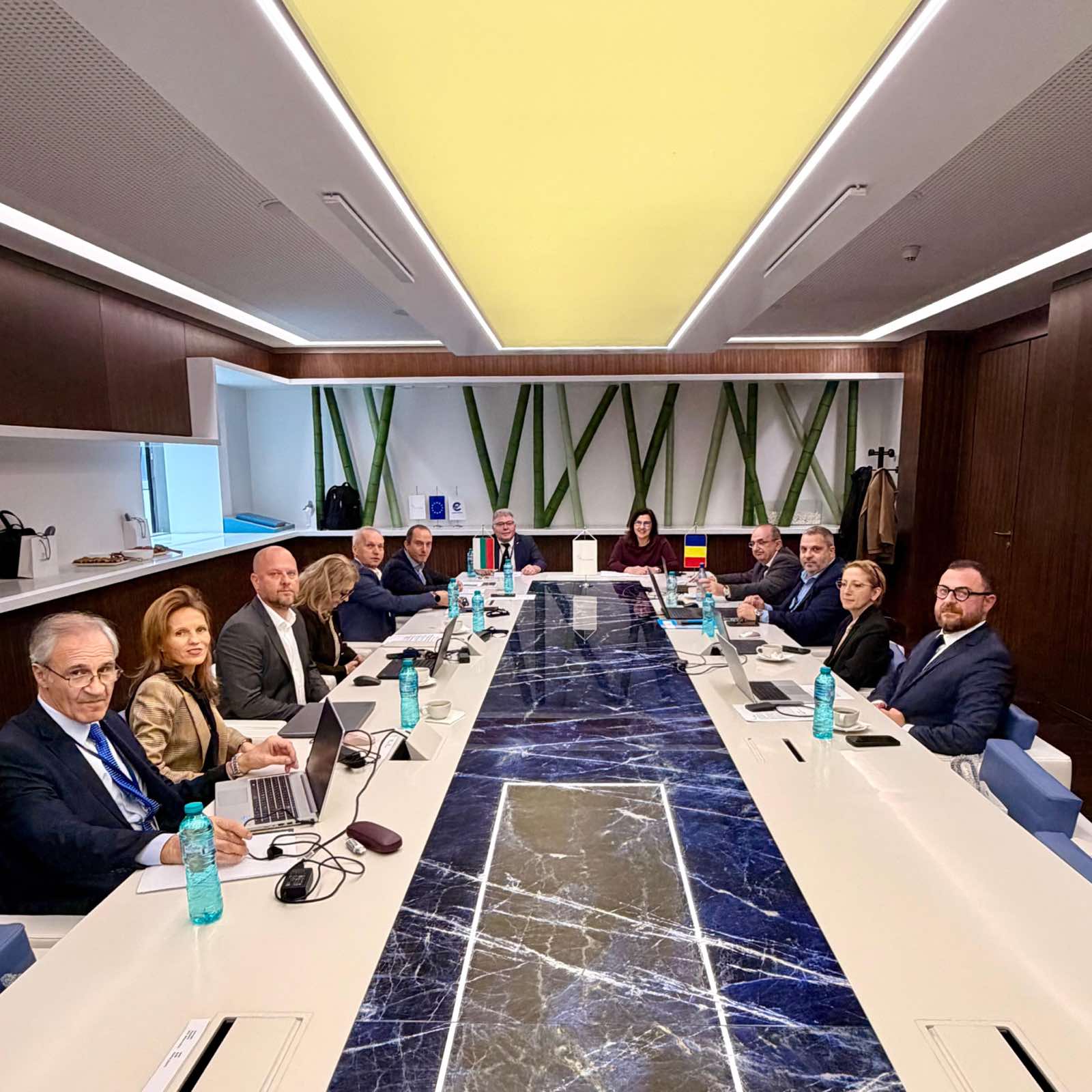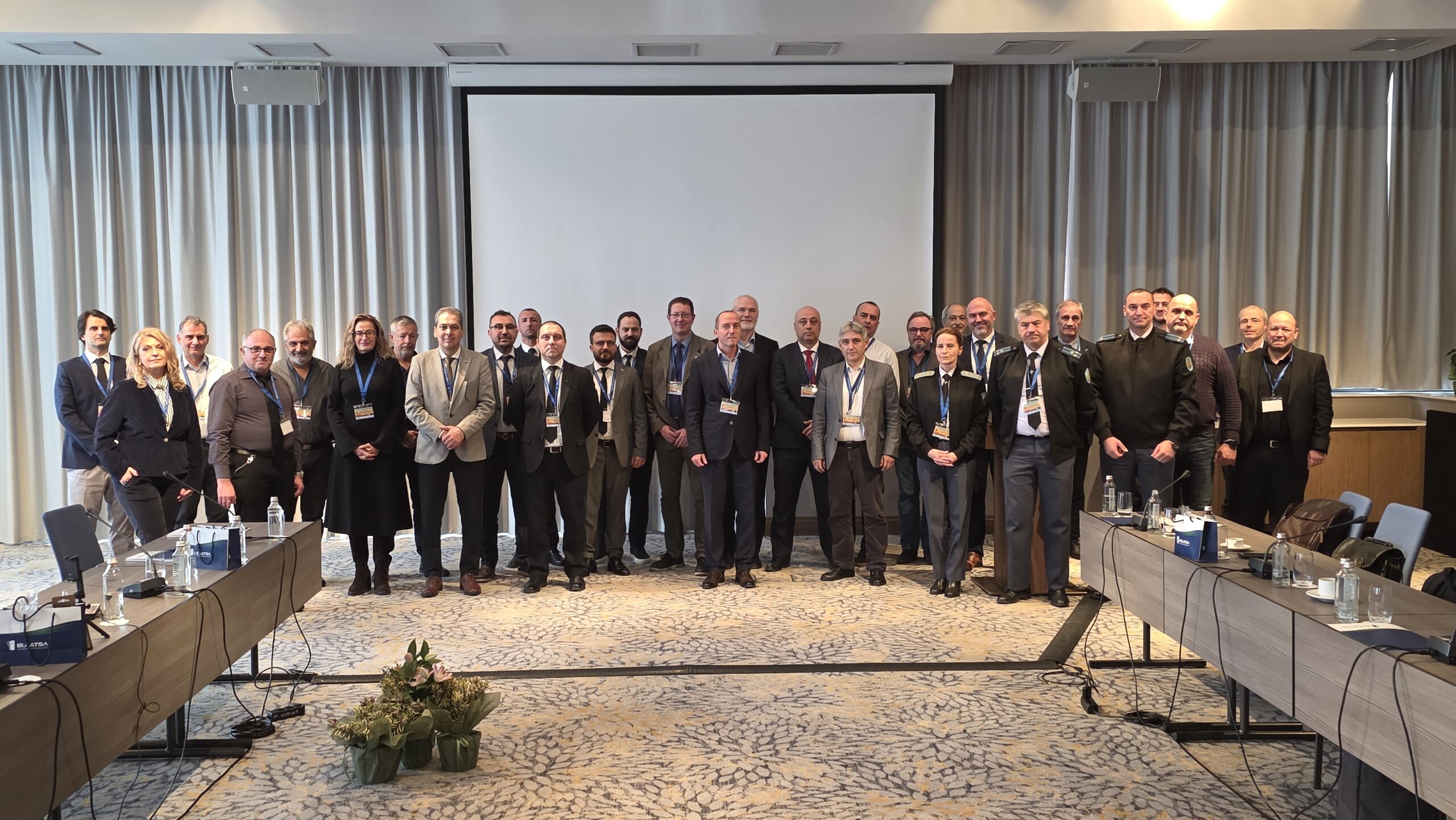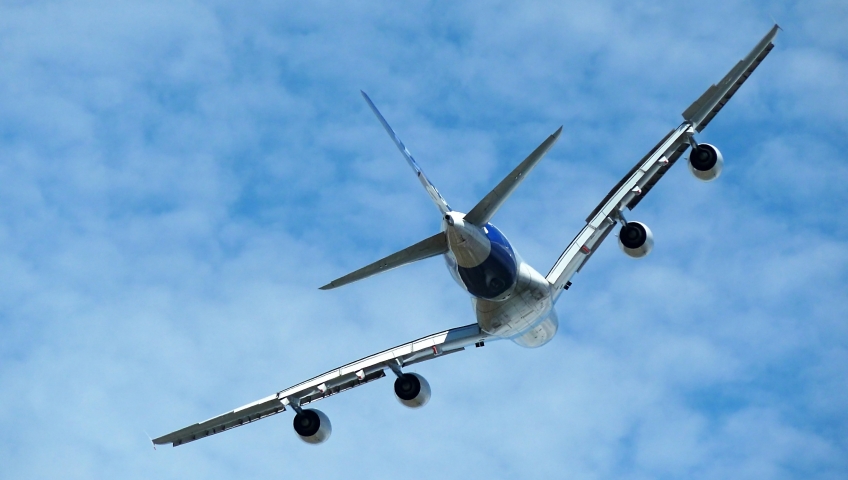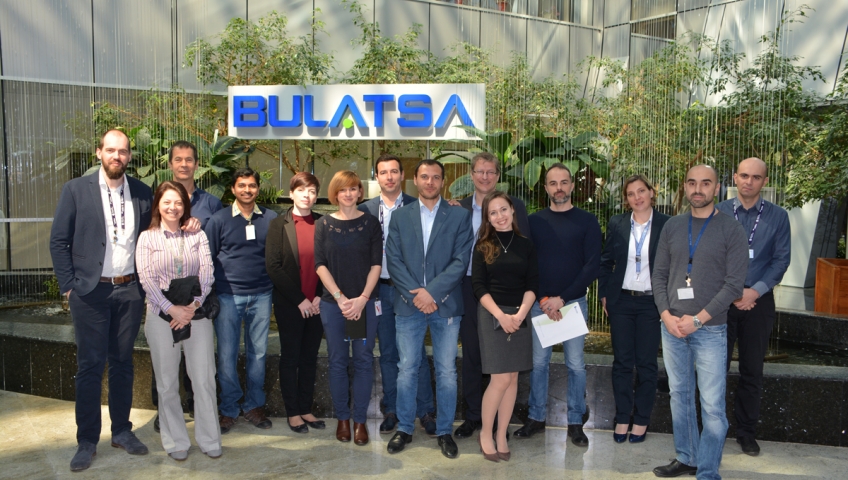
BULATSA participated in a Visitors’ Day for flight tests on GRADE Project, which took place in the Italian Aerospace Research Center CIRA, in Capua, Italy.
The president of CIRA Mr. Paolo Anunciato opened the event and welcomed the participants, and the project manager Mr. Antonio Vitale presented the results achieved so far and the next activities.
The purpose of the simulations was to demonstrate the applicability of SESAR solutions #51, #55 and #103 for the general aviation light aircraft conducting flights under Visual Flight Rules (VFR). The tests included real-time joint flights of a small P92 Echo Super airplane, used by CIRA as a so-called “Flying Laboratory” for Aeronautical Research (FLARE), and the tests were conducted as planned.
The “Flying Laboratory” was equipped with a tablet type mobile device, which demonstrated the possibility for safe conduction of this type of flights, whereby the used program was specifically designed by the NAIS company.
GRADE is a pan-European project designed to demonstrate the ability of the general aviation light aircraft, conducting flights under Visual Flight Rules, to use the SESAR concepts to integrate into the airspace and into the airports designated for commercial aviation.
BULATSA participates in the project together with the Italian Aerospace Research Center and coordinator of the project – CIRA, the German Center for Air Navigation and Space Research – DLR (Deutsches Zentrum für Luft- und Raumfahrt e.V.), the ANSP of Malta – MATS (Malta Air Traffic Services), the Italian technology company NAIS (Nextant Applications & Innovative Solution S.r.l.), the Technical University in Braunschweig – TUBS (Technische Universitaet Braunschweig) and the Parthenope University in Naples UPTH (Università degli Studi di Napoli Parthenope).
More information about GRADE project you can find here: www.gradeproject.eu and here: https://www.bulatsa.com/deynosti/proekti/mezhdunarodni-proekti/grade-gnss-solutions-increased-ga-and-rotorcraft-airport.












